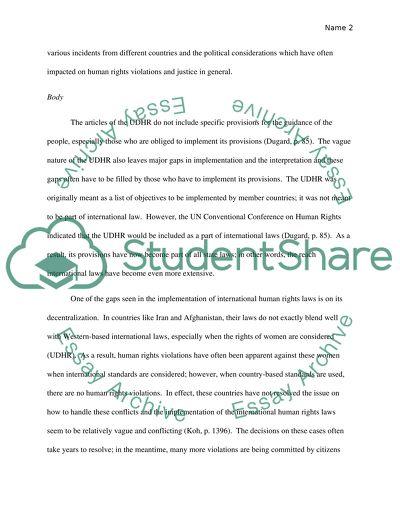Cite this document
(“Law, Justice, and Democracy: International Human Rights Essay”, n.d.)
Retrieved from https://studentshare.org/law/1396496-law-justice-and-democracy-international-human-rights
Retrieved from https://studentshare.org/law/1396496-law-justice-and-democracy-international-human-rights
(Law, Justice, and Democracy: International Human Rights Essay)
https://studentshare.org/law/1396496-law-justice-and-democracy-international-human-rights.
https://studentshare.org/law/1396496-law-justice-and-democracy-international-human-rights.
“Law, Justice, and Democracy: International Human Rights Essay”, n.d. https://studentshare.org/law/1396496-law-justice-and-democracy-international-human-rights.


